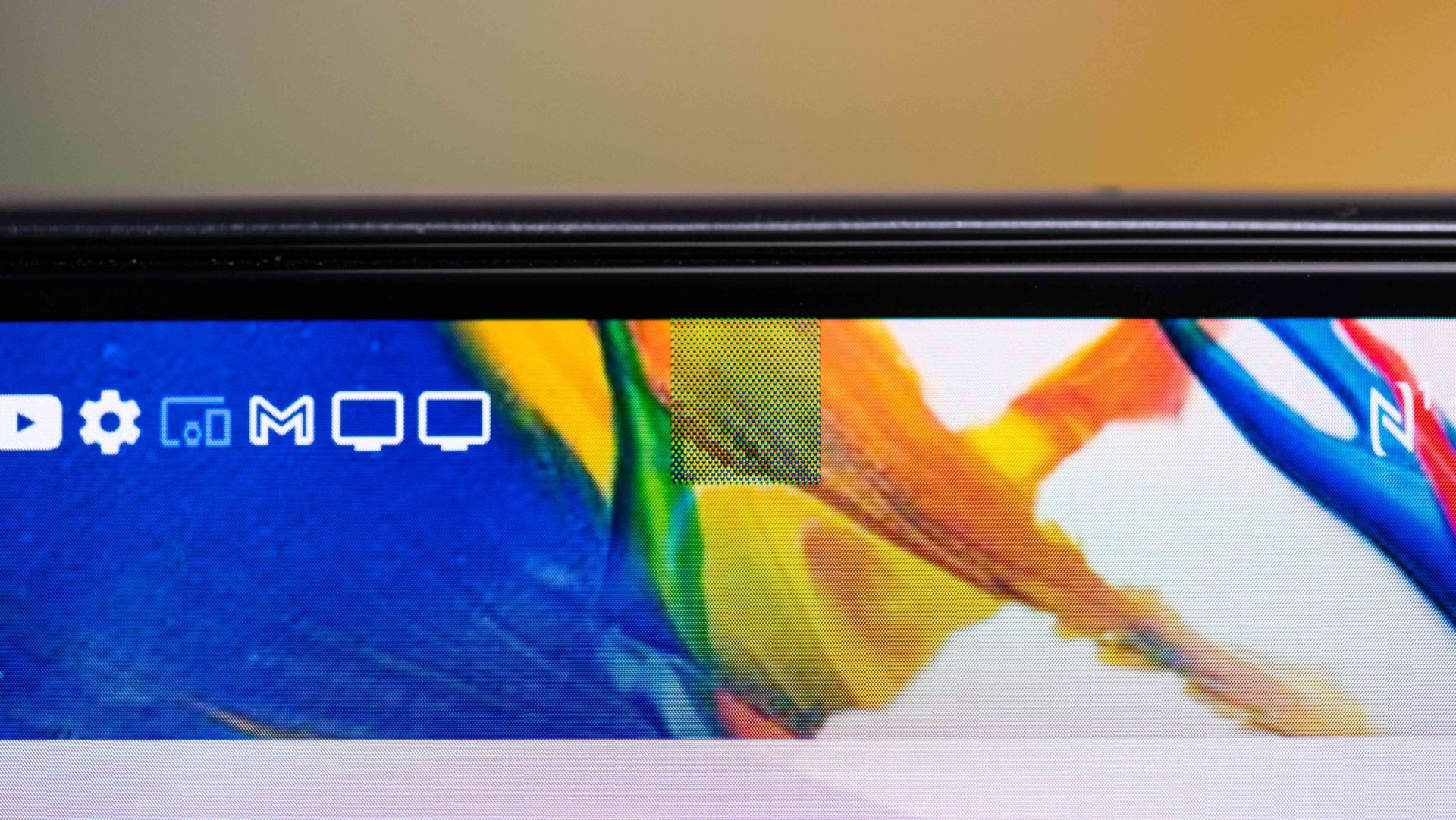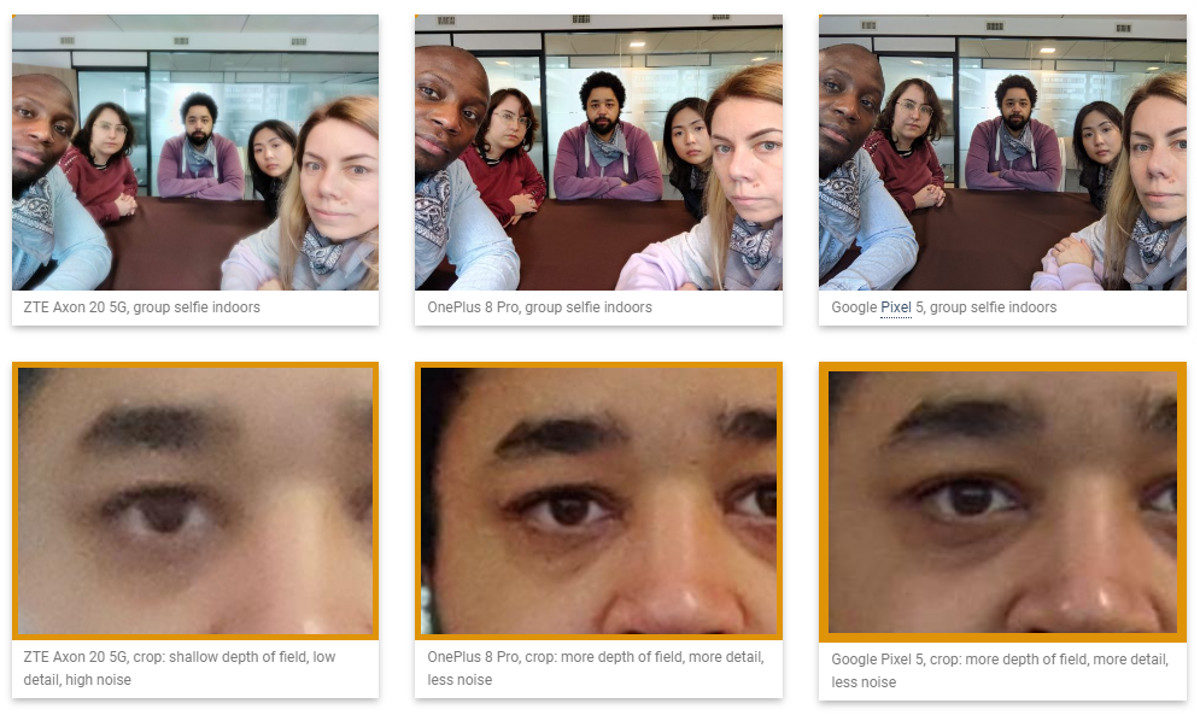Affiliate links on Android Authority may earn us a commission. Learn more.
DxOMark reviews the first phone with an under-display camera, and it's bad
Published onFebruary 19, 2021

- DxOMark has reviewed the ZTE Axon 20 5G under-display selfie camera.
- The phone received the second-lowest selfie camera score in DxOMark’s history.
We briefly spent some time with the ZTE Axon 20 5G earlier this year, being the world’s first smartphone with an under-display selfie camera. Unfortunately, our initial impressions showed that there was definitely a drop in quality compared to traditional selfie camera systems.
Now, camera testing company DxOMark has conducted a comprehensive selfie camera review of this groundbreaking smartphone, giving the phone an abysmally low score of 26. It noted that this score was the second-lowest score in its rankings, only outdone by a budget Intex device for the Indian market. The company added that the next score above the Axon 20 5G was over twice as high.
DxOMark specifically said photos had loads of noise, unnatural skin tones, low dynamic range, and flare and color issues. The firm also criticized portrait shots for numerous depth issues and low detail. Videos shot with the ZTE Axon 20 5G’s front camera weren’t better either, featuring some of the same issues as photos. But clips also suffered from poor stabilization, ghosting, and “encoding artifacts” in low light. Check out this comparison between the ZTE phone, OnePlus 8 Pro, and Pixel 5.
In other words, it’s clear ZTE’s take on under-display selfie camera tech has a very long way to go before it actually approaches the same quality level as traditional selfie shooters. But we’re expecting Xiaomi to also step up to the plate in 2021, as it confirmed that it’ll mass-produce the technology this year.
The biggest challenge with under-display selfie cameras is that there’s less light hitting the camera sensor compared to a conventional camera. This is because the light has to pass between the tiny gaps in the screen. ZTE’s solution is to essentially make the display area above the screen lower resolution than the rest of the screen, resulting in a slight haze.
However, Xiaomi says its solution uses self-developed tech in the display area above the camera to ensure more light hits the camera, without a drop in pixel density. The company is also touting other optimizations to improve image quality with its under-display camera tech. But we’ll need to go hands-on with its first product to figure out if all these improvements do result in better image quality.
